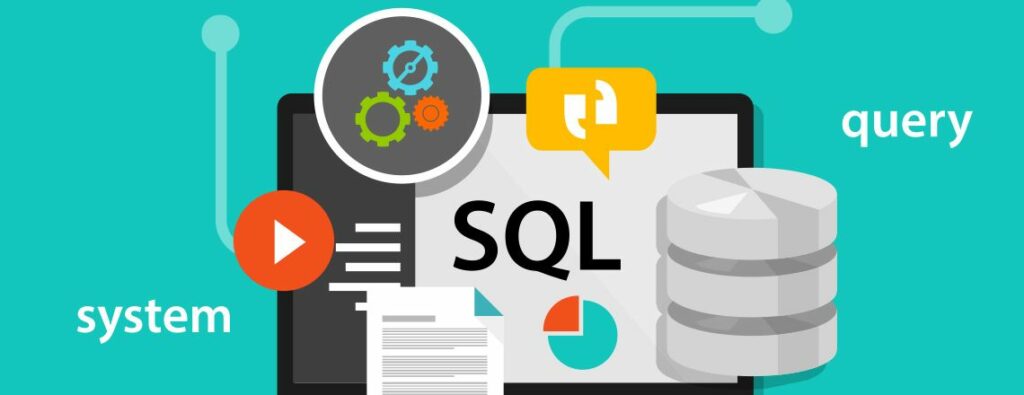
Free eBooks for Beginners
SQL (Structured Query Language) is a language that is used to communicate with databases and to retrieve and manipulate data stored in them. As a beginner or data analyst, it’s important to have a good understanding of the various components of SQL, including the CASE statement.
The CASE statement is a type of conditional expression that can be used in SQL to control the flow of your queries. It allows you to perform conditional logic in your queries by evaluating a condition and then returning a result based on that evaluation.
The basic syntax of the CASE statement is as follows:
CASE
WHEN condition_1 THEN result_1
WHEN condition_2 THEN result_2
...
ELSE result_n
ENDIn the syntax above, “condition_1”, “condition_2”, and so on, represent the conditions that you want to evaluate. “Result_1”, “Result_2”, and so on, represent the results that will be returned if the conditions are met.
You can use the CASE statement in various ways, such as in a SELECT statement to return a result based on the value of a particular column. For example, if you have a table with a column that contains gender information, you can use the CASE statement to return a result that replaces the gender data with “Male” or “Female” based on the value of the column.
Another way to use the CASE statement is in an UPDATE statement to update data based on a certain condition. For example, you might have a column that contains salary information and you want to update the salary of all employees who earn less than a certain amount. In this case, you can use the CASE statement to update the salary of these employees to the desired amount.
In summary, the CASE statement is a powerful tool in SQL that allows you to perform conditional logic in your queries. As a beginner or data analyst, it’s important to have a good understanding of the CASE statement and how it can be used to control the flow of your queries and manipulate data stored in your databases.
SQL for Beginners and Data Analyst – Chapter 10: CASE
 Loading...
Loading...
Disclaimer: The information and code presented within this recipe/tutorial is only for educational and coaching purposes for beginners and developers. Anyone can practice and apply the recipe/tutorial presented here, but the reader is taking full responsibility for his/her actions. The author (content curator) of this recipe (code / program) has made every effort to ensure the accuracy of the information was correct at time of publication. The author (content curator) does not assume and hereby disclaims any liability to any party for any loss, damage, or disruption caused by errors or omissions, whether such errors or omissions result from accident, negligence, or any other cause. The information presented here could also be found in public knowledge domains.